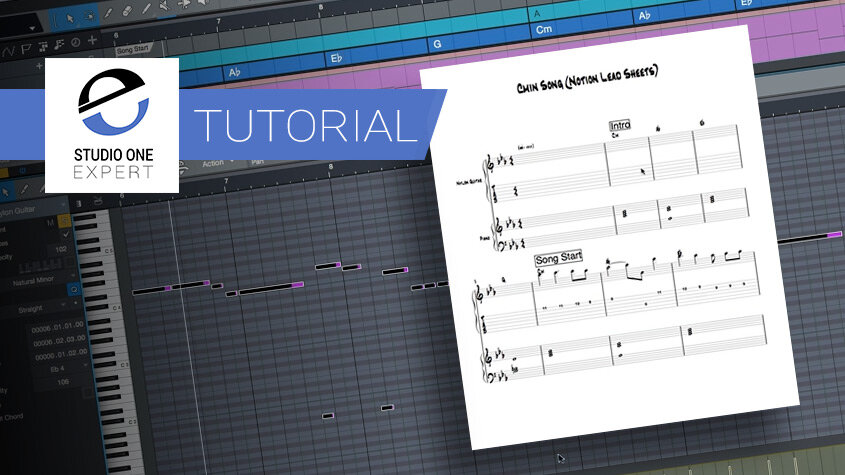


Users can now capture snapshots of the entire mixer at any time and can recall snapshots in a variety of different ways, with an assortment of recall options. Presonus have updated mixer scenes in Studio One 5. With full-screen performance view, adaptive real-time controls and a large meter, running a show is simple. Setlist items can be rearranged and skipped. The Show Page combines playback of backing tracks with patch management for virtual and real instrument players inside one window. Some of these include a powerful, fully integrated, live performance environment capable of running complete shows from a single computer. With the 5.0 release, even more features have been announced. The list is endless, including unlimited audio and instrument tracks, shortcuts, advanced ARA integration, special features such as chord tracks and pattern editors, a dedicated mastering suite and more! Announced At The 5.0 Release: With an impressive list of specs and features – it’s hard to know where to start. Studio One is a DAW – but what does this DAW have to offer PreSonus Studio One artists? Tech Specs And Features: You can find all you need to know about Presonus Studio One 5 here. In my opinion (and I’m sure others will agree), Studio One 4 offers the most sophisticated solution for all of your production needs. Pro Tools has long been the industry standard, but many users are now switching to Studio One, and there’s a good reason why. I’m going to be taking a look at PreSonus Studio One DAW.Īs with all things in the pro audio industry, there are so many choices available: Pro Tools, Ableton, Logic and PreSonus, to name a few. Professional music producers spend most of their working life utilising some form of DAW.

Scott wraps it up with a video on turning your MIDI tracks into audio and loops.For those that aren’t aware, Digital Audio Workstations (or DAW’s) are essentially a piece of software which enable users to record, edit and produce music on computers. With the basics covered, Scott focuses on useful actions and musical functions, from the common, to the less common that can help improve your MIDI workflow in Studio One 3.įrom there, learn how to use MIDI Step Record mode, all of your Metronome Options, Macros, and Multi-Instruments. Next, Scott demonstrates how to use the MIDI Editor for Drum Editing, as well as the Track List in the MIDI editor for deeper editing. Scott starts by showing you how to connect your MIDI controllers into Studio One 3, then moves to adding and controlling Virtual Instruments to your song. Studio One 3 adds extremely powerful new MIDI features, and Scott Fritz shows you how to use and abuse them! In these 12 videos, you'll learn everything from MIDI basics to advanced tips & tricks and MIDI workflow techniques.


 0 kommentar(er)
0 kommentar(er)
